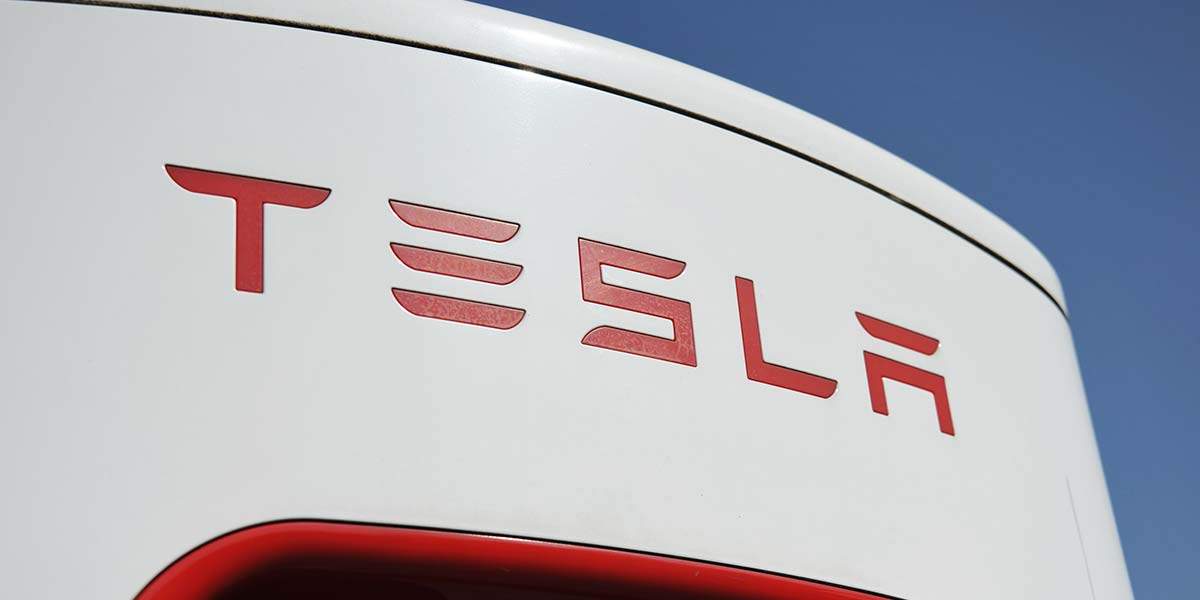Tesla has launched more budget-friendly editions of its Model Y SUV and Model 3 sedan, aiming to reach a broader consumer base as it faces intensifying competition and waning sales momentum.
The starting prices for these Standard models, however, come in at $39,990 for the Model Y and $36,990 for the Model 3—figures that some analysts and consumers say fall short of the affordability required to open up the electric vehicle brand to new buyers.
Elon Musk, Tesla’s Chief Executive Officer, has previously identified sub-$30,000 pricing—after incentives—as the critical threshold for mass market EV adoption.
Despite Musk’s assertions, the new variants shed select premium features while still offering over 300 miles (480 km) of range. The updated “Standard” model trims reduce battery size and strip out offerings such as Tesla’s Autosteer driver-assistance system, seat heating for rear passengers, rear touchscreens, and premium finishes, according to the company’s website and influencers who previewed the vehicles.
Notably, the Model Y now lacks its LED lightbar, with both new trims featuring textile seats and manual side mirrors; vegan leather remains an option for the Model 3.
The drive to refresh its line-up comes as Tesla responds to increased headwinds: the loss of a $7,500 U.S. federal tax credit, rising EV competition from Europe and China, and an aging product portfolio. The latest Standard models are priced higher than the most affordable Tesla variants last September, once the now-discontinued tax credit is factored in.
Tesla shares ended the day down 4.5% after the announcement. Dan Ives of Wedbush, a long-standing Tesla advocate, expressed disappointment, noting that the new Standard versions are only around $5,000 less than the next-step trims. Shay Boloor, chief market strategist at Futurum Equities, echoed this sentiment, suggesting it is unlikely to drive meaningful demand growth.
Following the expiration of tax credits, automakers across the U.S. have adjusted pricing strategies or developed ways to preserve incentives’ benefits. Market observers generally agreed Tesla’s sub-$40,000 price point puts the automaker in better competition with upcoming offerings from Chevrolet, Hyundai, and Kia, yet many believed a more significant price drop to under $30,000 was necessary.
Shawn Campbell, advisor at Camelthorn Investments, expressed doubt on the new pricing model, warning that these changes do not address the challenge posed by even cheaper Chinese EVs, and suggesting that Tesla needs its own sub-$30,000 EV.
In European markets, where CEO Musk’s political leanings have reportedly softened Tesla’s brand appeal, the new Standard variants are entering a fierce field with more than a dozen models priced below $30,000, including electric and plug-in hybrids.
Even with record sales in the quarter through September, which were buoyed by a rush ahead of the tax credit expiration, there are concerns that sales momentum could wane without a genuinely affordable model. During Tesla’s second-quarter earnings call in July, Elon Musk commented on consumer demand, stating that while interest in purchasing Tesla vehicles remains strong, many potential buyers lack sufficient funds.
Tesla expects Standard Model Y and Model 3 deliveries to begin between December 2025 and January 2026 in many markets, with immediate orders now available. While Musk has pivoted long-term company strategy toward artificial intelligence and robotics, these lower-cost EVs are seen as vital for near-term earnings growth.




